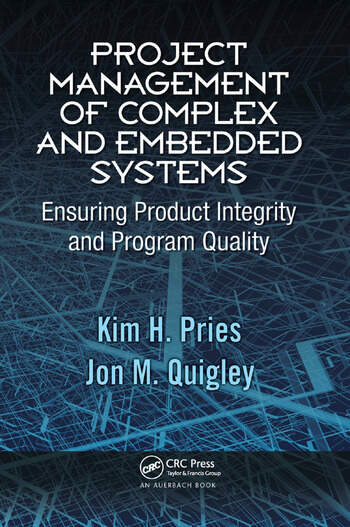At the heart of some of the most complex automated assembly systems is one of the simplest motion control mechanisms: the cam.
Cams are reliable, accurate, durable and quiet. With cams, engineers can carefully control the acceleration, velocity and displacement of rotary and linear indexers, pick-and-place devices, and assembly tools. “The biggest advantage of cam-driven motion...is that you know where your tooling is at all times during the machine cycle,” says Richard P. Bodine Jr., chairman and CEO of Bodine Assembly and Test Systems (Bridgeport, CT). “That enables cam-driven machines to run much faster than asynchronous machines. You’re not constantly verifying where the tooling is before you continue with the next operation.”
A cam is a rotating or sliding machine member that imparts a predetermined motion to a second part, called a follower, that rolls or slides along the cam’s surface. The follower can move in a swinging, rotating or translating motion. The follower usually contacts the cam with one or more antifriction bearings.
There are two types of cam: radial and axial. Radial cams are shaped like a wheel. Axial cams are cylindrical. With radial cams, the follower moves in a radial direction, or away from the cam’s axis of rotation. With axial cams, the follower moves parallel to the cam’s axis of rotation.
Often, a spring or air cylinder is used to maintain contact between the cam and the follower. This is called a force-closed cam. In this case, the cam can only push against the follower. Alternatively, the cam can be connected to the follower without any external force. Instead, a track or groove in the cam traps the follower. This is called a form-closed cam, because the cam is “formed” around the follower. In this case, the cam both pushes and pulls the follower.
A cam-driven indexer consists of a camshaft and a follower wheel attached to the output shaft. If the camshaft is at right angles to the output shaft, an axial cam is used to drive the follower wheel. If the camshaft is parallel to the output shaft, two conjugate radial cams drive the follower wheel.
“It’s best if the followers are kept in rolling contact with the cam,” says Lou M. Wozniak, director of new product development at Industrial Motion Control LLC (Wheeling, IL). “By preloading the followers, you minimize vibration, eliminate backlash and prolong the life of the followers.”
A cam-driven multistation assembly system may have several dozen cams of various types arrayed along one or more cam shafts. A timing chart is used to coordinate their activity. The chart plots each assembly motion, from beginning to end, in relation to a full rotation of the cam, or 360 degrees.
Cams can be designed to generate three types of motion profile: rise-fall, rise-fall-dwell, and rise-dwell-fall-dwell. The goal is to produce smoothly changing motion patterns. Instant acceleration changes are avoided, because they produce shock and vibration. Peak accelerations are kept as low as possible to minimize the size of the machine members and decrease wear.
Through levers, a slight change in the radius of the cam path can be amplified into a larger motion by the actuator. Dwell periods are created by keeping the radius of the cam path constant.
The size of the cam is determined by the least radius of its curvature; the cam shaft diameter; and the maximum pressure angle between the cam and the follower. “The bigger the cam, the better,” says Bodine, “because you put less pressure on the cam follower. You can produce larger motions and more force with a large-diameter cam. You can create the same motion with a 3-inch-diameter cam as you can with a 12-inch-diameter cam, but the larger cam won’t work as hard or put as much pressure on the follower.”





